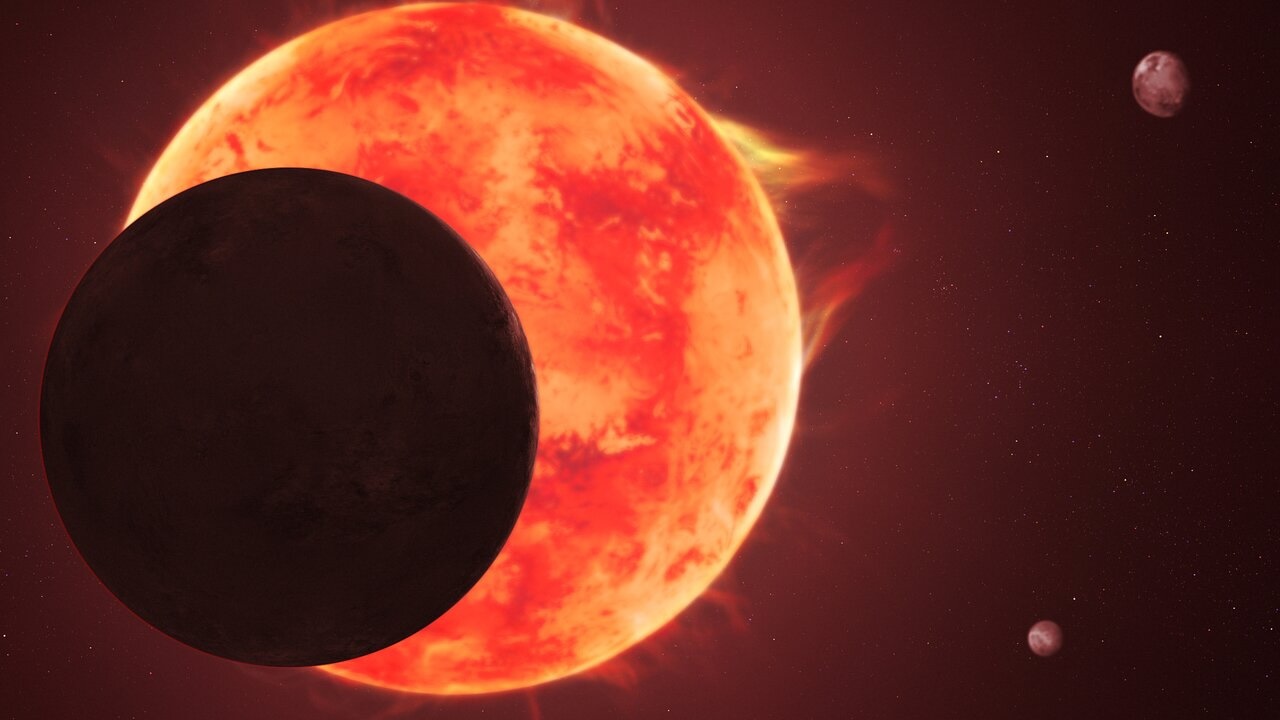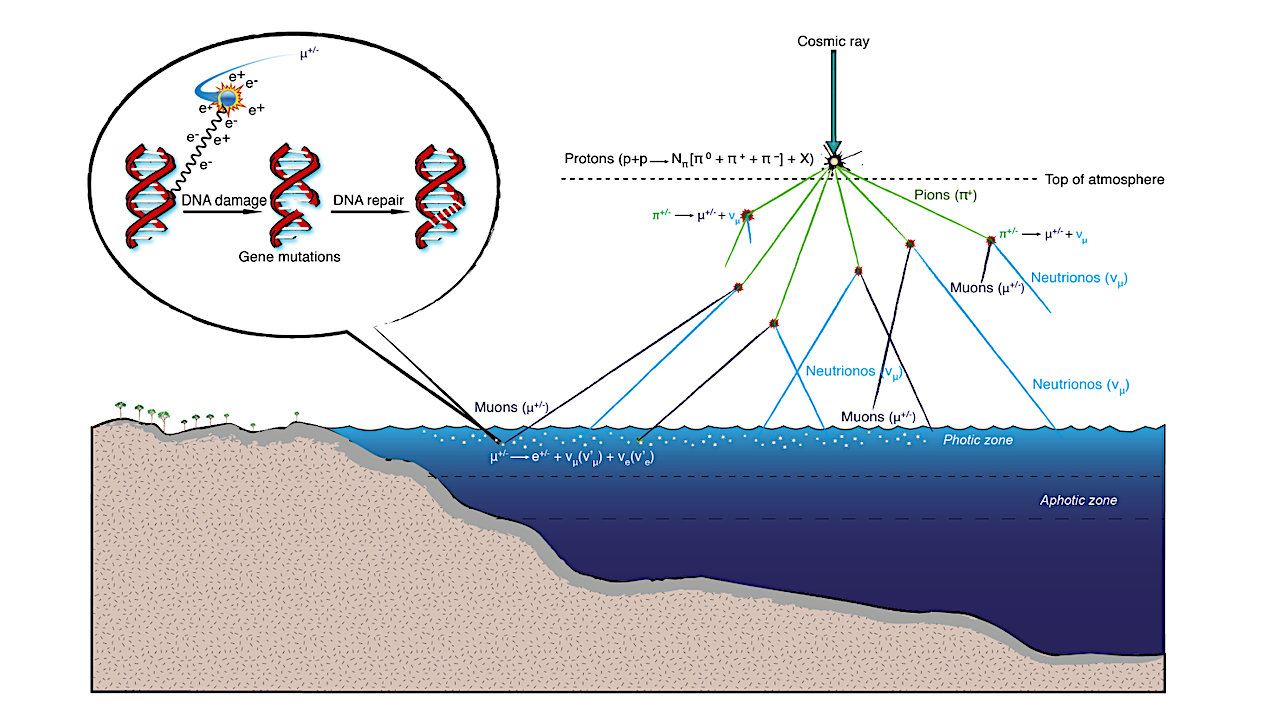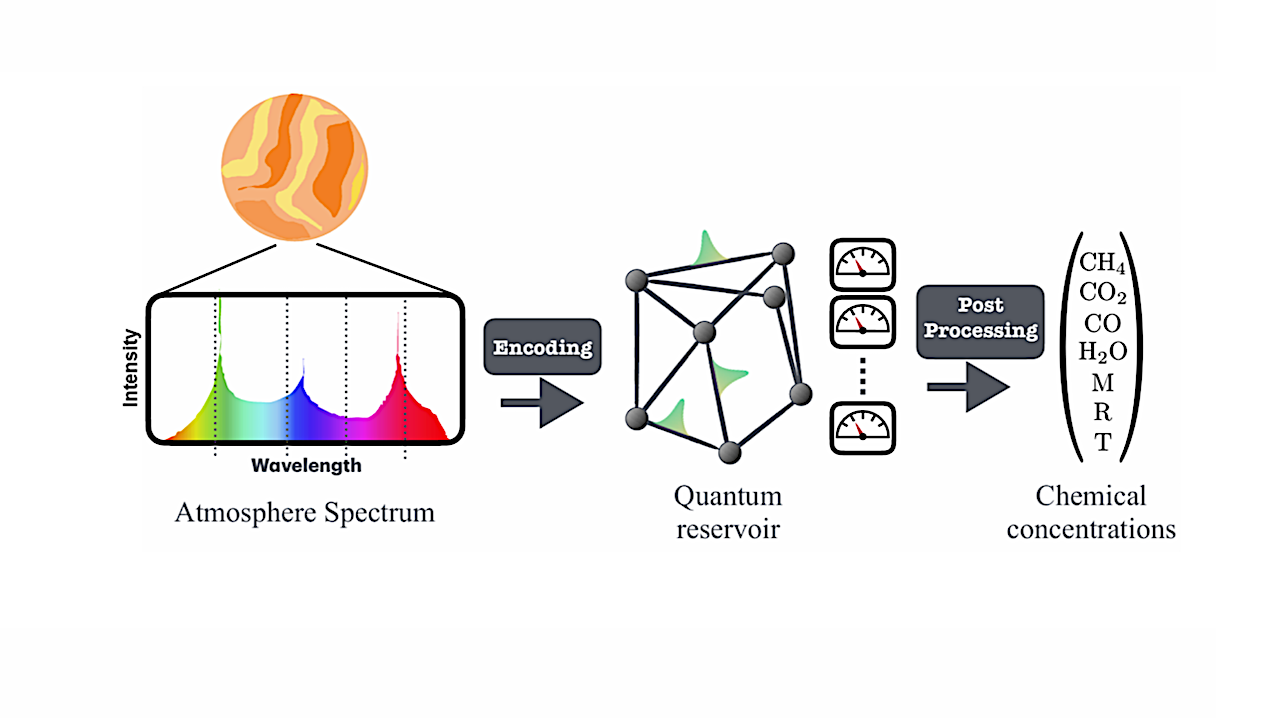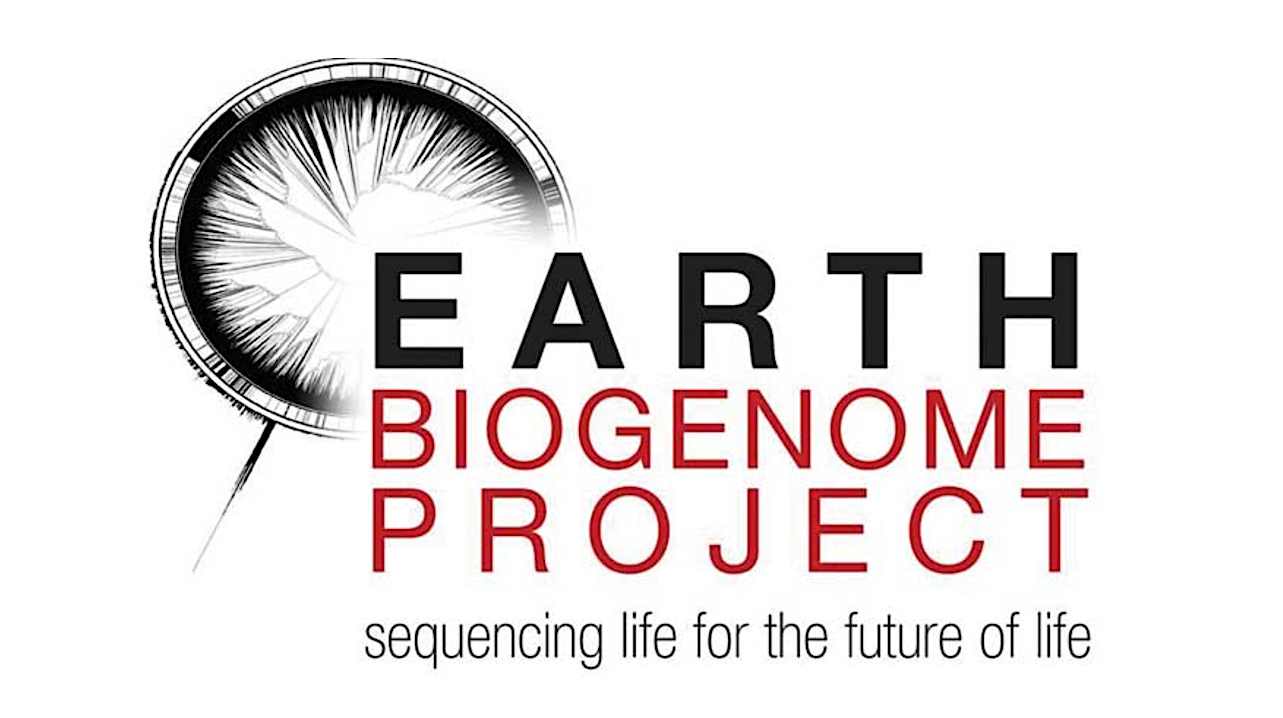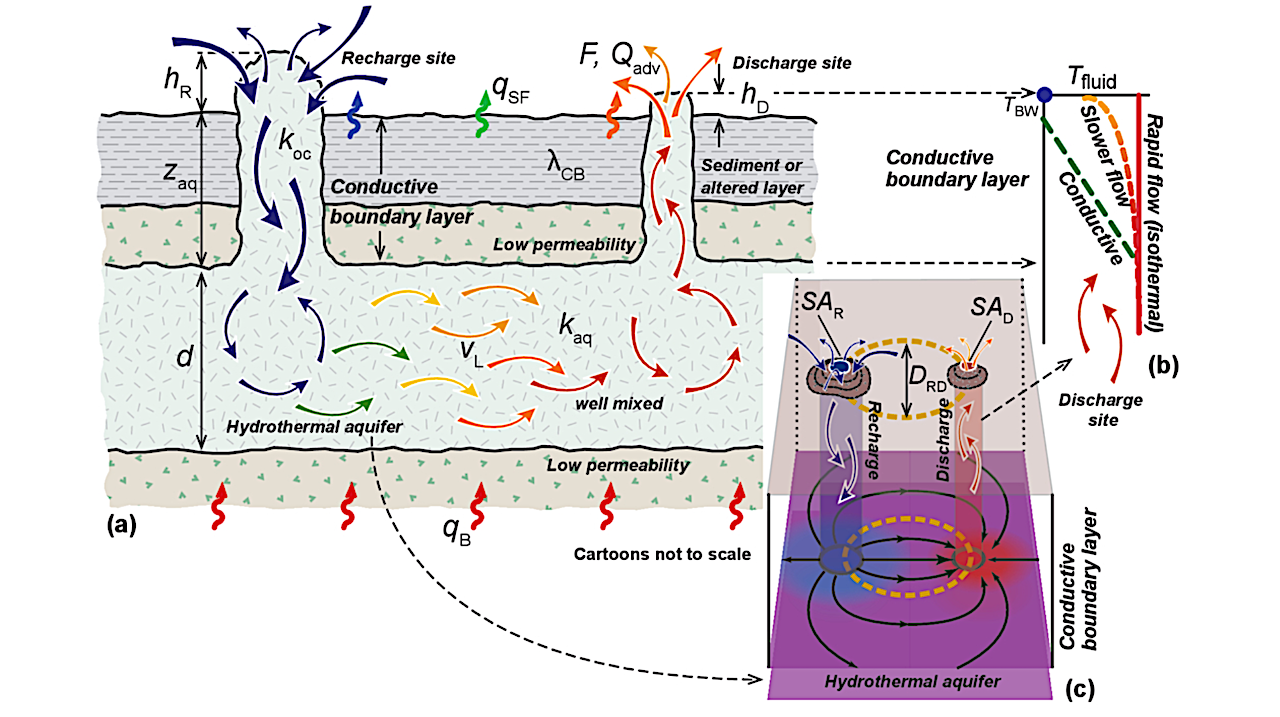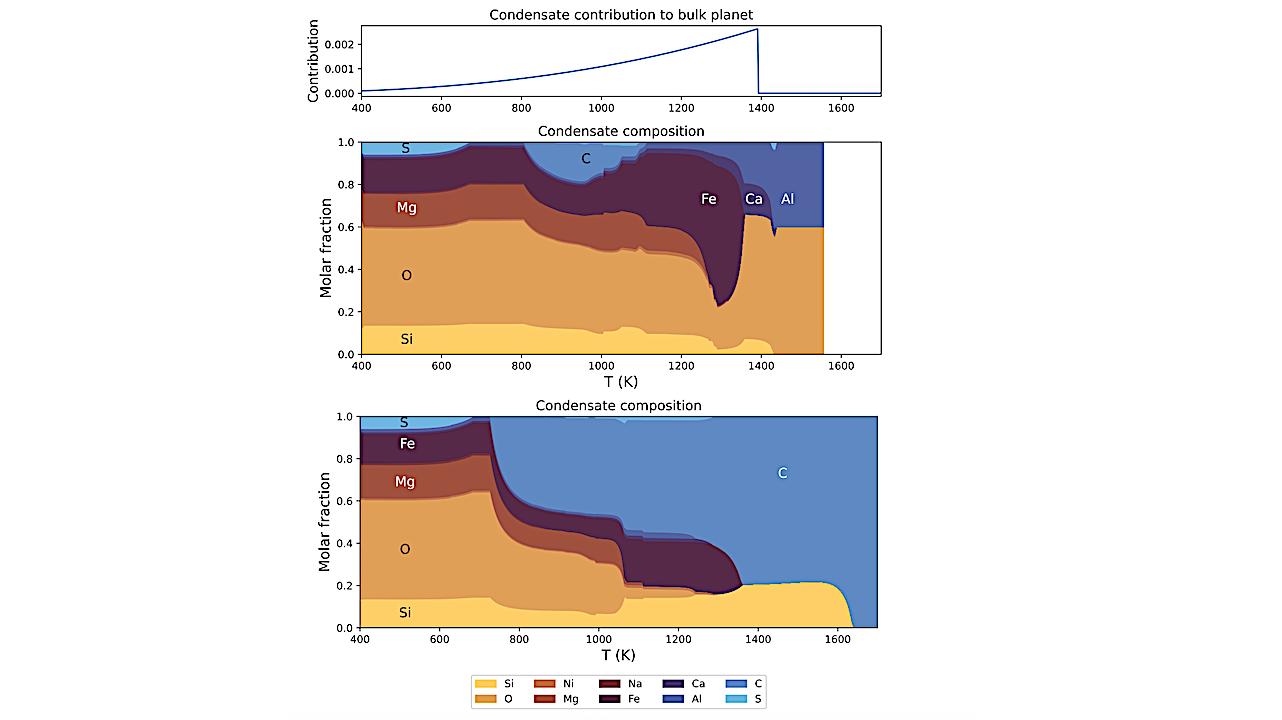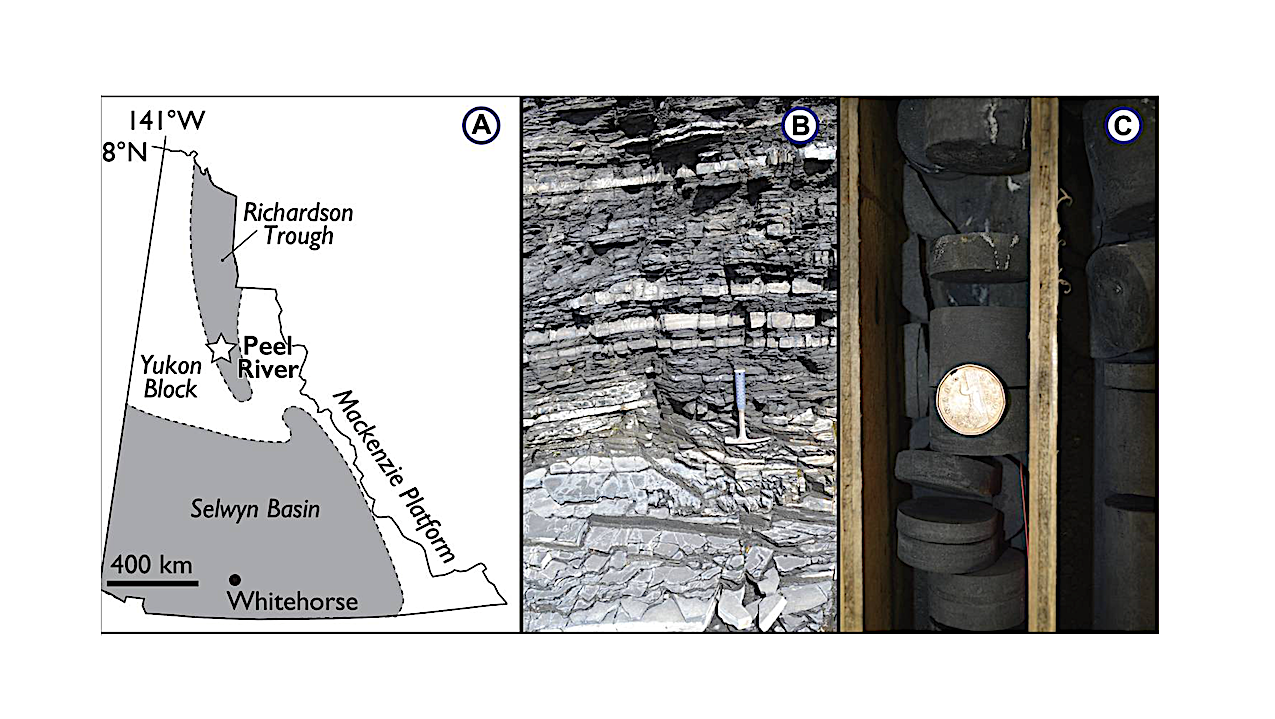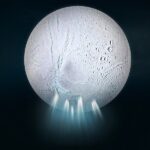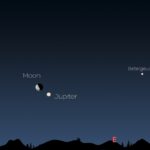This artist’s concept depicts planet TRAPPIST-1 d passing in front of its turbulent star, with other members of the closely packed system shown in the background. The TRAPPIST-1 system is
Astrobiology30- Page
Visualization of some of the effects of cosmic rays on the DNA of microorganisms and a simplified theory of the process of the double-strand break DNA repair mechanism which causes
Pictorial representation of how QELM on classical data works. Classical data are encoded in a physical system from which we collect a set of measurements. The outcomes undergo a linear
Earth BioGenome Project Published in Frontiers in Science, this is the new ambition of the Earth BioGenome Project (EBP)—a global network of scientists sequencing the genomes of Earth’s eukaryotes. Its
Performance of our neural networks after the training with the first training+validation split, with respect to the spectra included in the validation subset. The plots show the predicted versus true
Radius distributions of exoplanets around M, K, G, and F stars. The valley is centered at ∼1.6 R⊕ for M dwarfs, ∼1.8 R⊕ for K and G dwarfs, and ∼1.9
Habitable Zones Status Report The Planetary Science Journal September 5, 2025 Diagrams illustrating the conceptual and theoretical basis for coupled fluid-heat calculations shown in this study, as may apply to
Contribution of condensates to Earth’s bulk composition as a function of temperature (top), derived by differentiating the Earth-Sun devolatilisation trend from Wang et al. (2019a). Molar solid elemental composition in
Mean reflectance spectrum of 3I/ATLAS, co-added from the nights of August 10, 12, 16, and 17 with the 2.4 m MDM telescope (black). For comparison, we show the spectra of
(A) Simplified paleogeography of the area surrounding the Peel River locality. (B) Basinal shales and limestones of the upper Silurian (Pridoli) Vittrekwa Formation, Road River Group, exposed on the Peel
-
 012024 in Review: Highlights from NASA in Silicon Valley
012024 in Review: Highlights from NASA in Silicon Valley -
 02Panasonic Leica Summilux DG 15mm f/1.7 ASPH review
02Panasonic Leica Summilux DG 15mm f/1.7 ASPH review -
 03How New NASA, India Earth Satellite NISAR Will See Earth
03How New NASA, India Earth Satellite NISAR Will See Earth -
 04And Thus Begins A New Year For Life On Earth
04And Thus Begins A New Year For Life On Earth -
 05Astronomy Activation Ambassadors: A New Era
05Astronomy Activation Ambassadors: A New Era -
06SpaceX launch surge helps set new global launch record in 2024
-
 07Space Force plans new ‘Futures Command’ amid pressure to speed up modernization
07Space Force plans new ‘Futures Command’ amid pressure to speed up modernization


